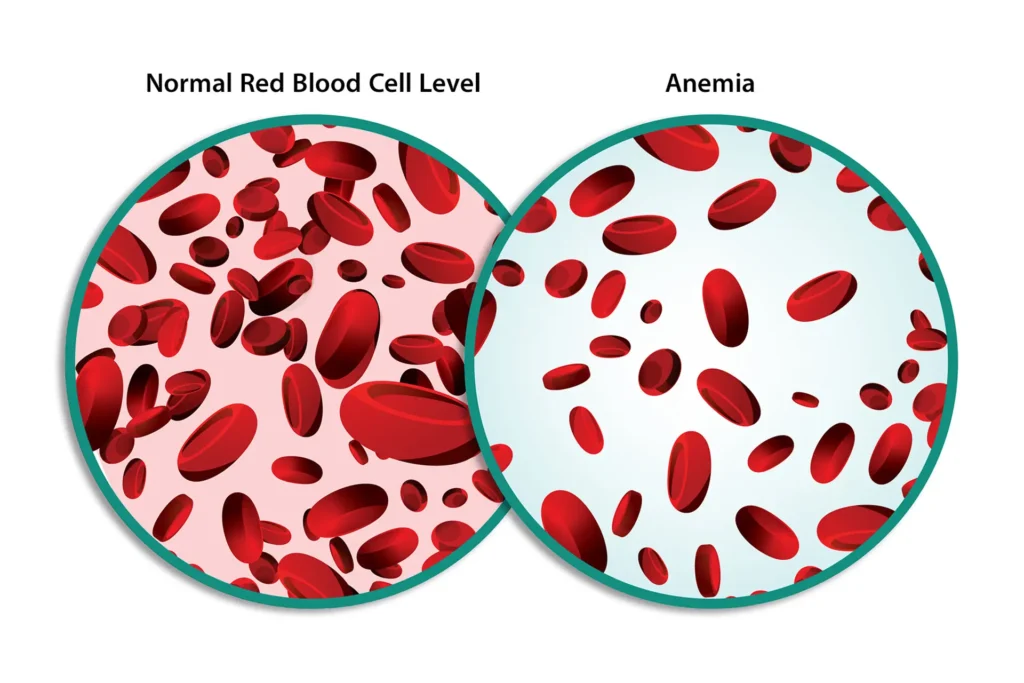Managing Iron‑Deficiency Anemia in Kids: Daily Tips, Diet Plans & Emotional Support

Parenting strategies for managing childhood anemia: daily routines, iron‑rich meal planning, developmental care, and emotional well‑being.
📅 Daily Care & Nutrition
Staying consistent helps manage anemia and aids recovery:
- Hydration and balanced meals rich in heme iron (meat) and non-heme iron (beans, greens) paired with vitamin C
- Meal integration: Offer nutrient-rich snacks (smoothies with spinach and berries)
- Limit cow’s milk (≤2 cups/day) to prevent iron absorption interference
🕒 Medication & Monitoring Routine
- Administer iron as prescribed, track compliance
- Regular lab checks at 1, 3, 6 mo intervals to monitor progress
- Note behavioral changes or developmental delays that might persist longer
🎒 School & Social Support
- Inform teachers/nurses and ask for care plans during class or field trips
- Encourage social engagement and play to combat “functional isolation”
💬 Emotional & Developmental Coaching
- Fatigue or wariness may affect behavior—support with patience and engagement
- Use playful interaction, reading, and responsive communication to promote development
👨👩👧 Family Strategies
- Sibling education: Explain anemia simply and delegate age-appropriate caring roles
- Parental resilience: Rest, seek community support or counseling if needed
- Maintain routines: Mealtime, bedtime, and developmental check-ins for stability
🌍 Preventing Re‑occurrence
- Continue dietary iron and supplementation until labs normalize
- Periodic iron checks during adolescence or high-risk life stages
- Provide fortified foods or supplements for high-risk groups
✅ Final Takeaway
With proper nutrition, emotional nurturing, treatment compliance, and enrichment routines, children with iron-deficiency anemia can thrive. Supportive parenting not only resolves anemia—but also fosters their cognitive, social, and emotional development.




